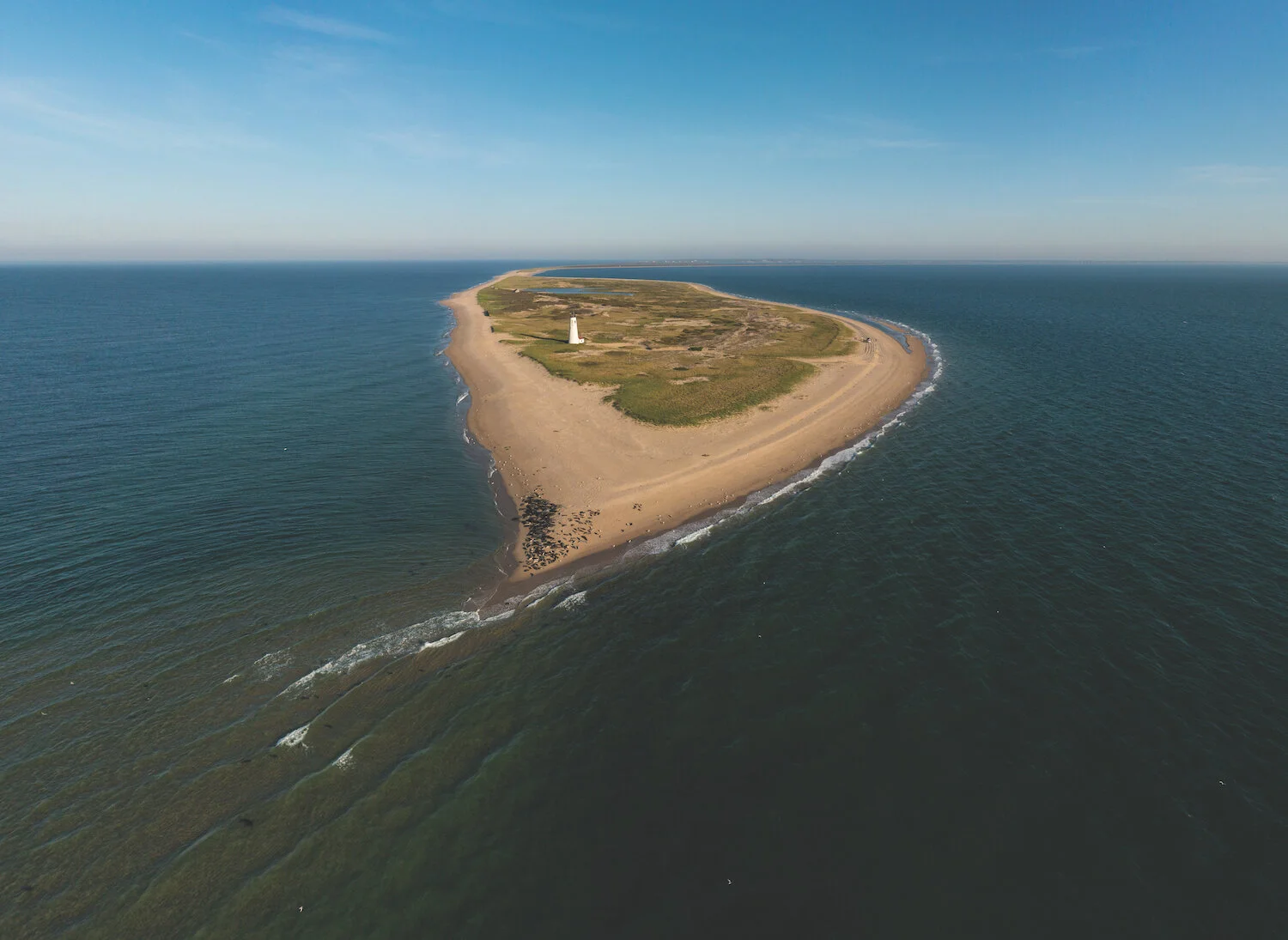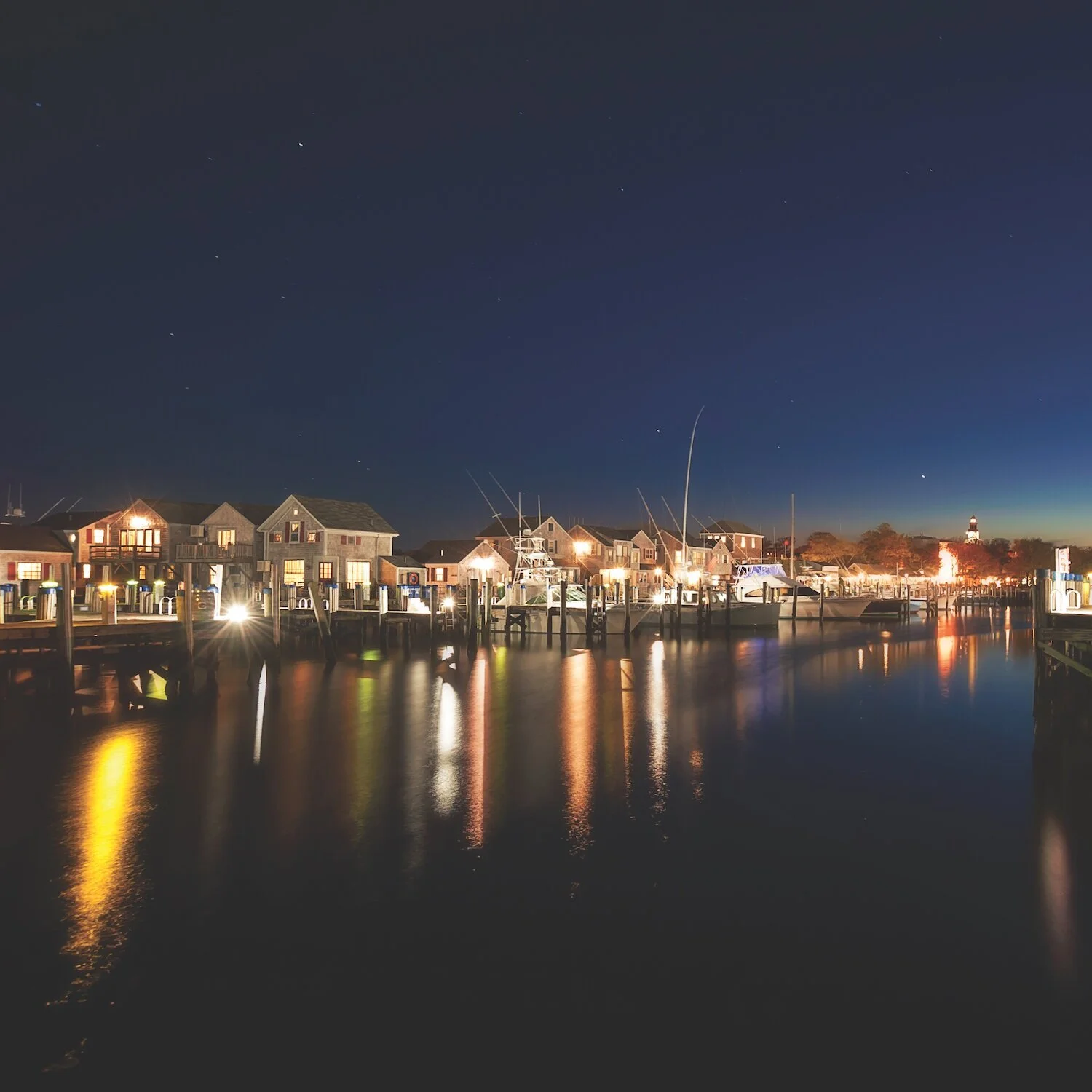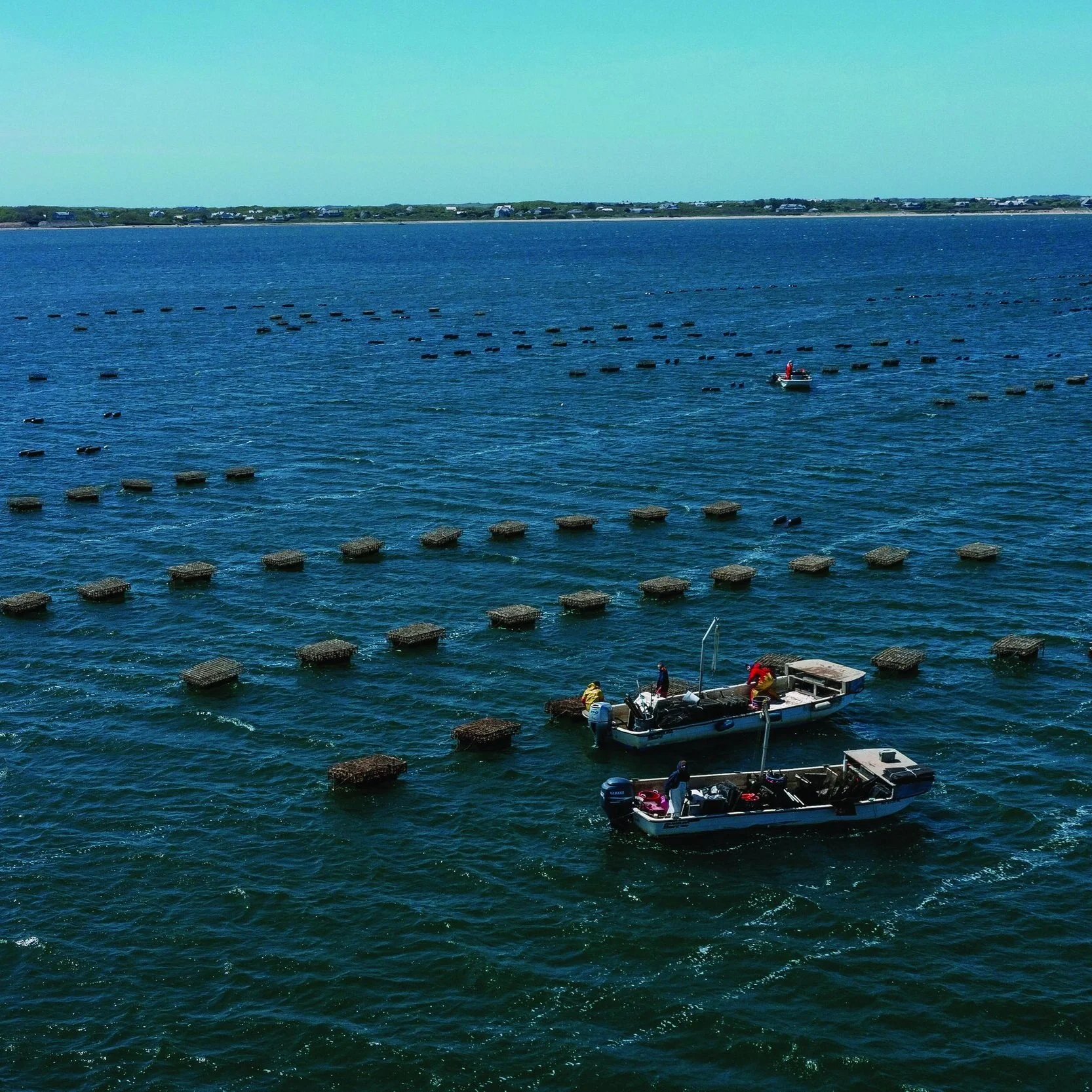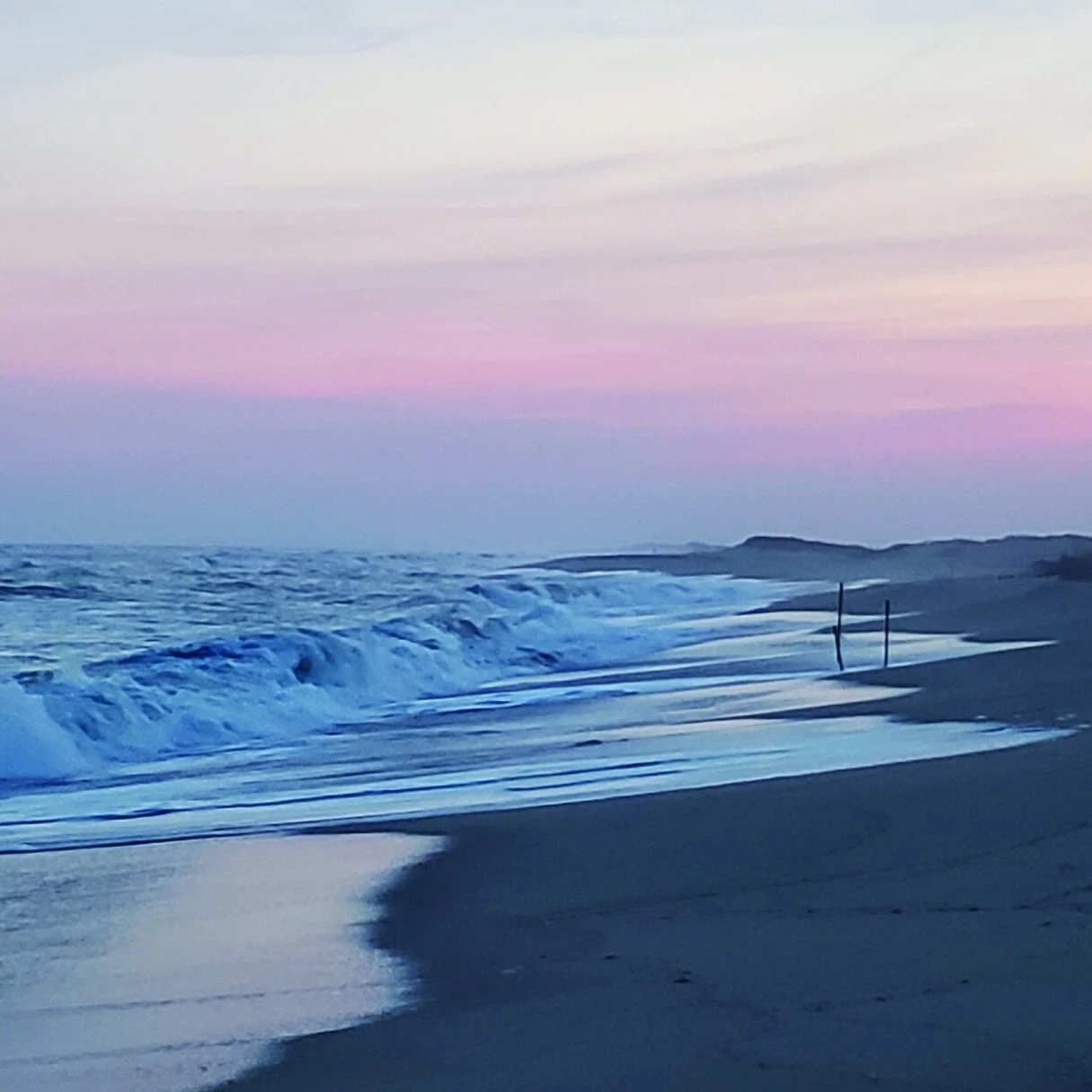STATE OF THE COAST
FEATURE ARTICLES
state of the coast: Introduction
Generations of Martha’s Vineyard, Gosnold (Elizabeth Islands), and Nantucket inhabitants understand that oceanfront landscapes are among the most dynamic, changing with winds, seasons, storms, and tides. The Islands have been buffeted for centuries by powerful tempests, from early floods that cut them off from the mainland and the Great Hurricane of 1635 to winter storm Riley (March 2018) and Tropical Storm Isaias (August 2020).
Beaches
With nearly 200 miles of beaches and dunes, Martha’s Vineyard, Nantucket, and the Elizabeth Islands are iconic Massachusetts destinations for tens of thousands of summer visitors. They also represent globally significant ecosystems that protect inland areas from storms. These are naturally fragile and dynamic sandy places, where winter storms erode what summer currents try to gradually restore. Climate change, however, is disrupting this natural rhythm with sea level rise and stronger storms that will accelerate the deterioration of these landscapes — and many others.
SALT MARSHes
With wide open views, natural beauty, and diverse wildlife, salt marshes are one of the most productive ecosystems on the planet. Their grasses, flooded and drained by tides, accumulate captured sediment and decomposing plant matter to form peat and provide growing space for roots, allowing marsh to naturally build. They also protect our shorelines from storms and flooding, provide habitat, and help preserve water quality.
developed coastlines
The wild beauty and vital resources of the ocean are what draw so many of us to its shores to live, work, and play. And yet, as the impacts of climate change intensify, it is this very proximity to water, wind, and wave energy which presents the developed coastlines of Martha’s Vineyard and Nantucket with their greatest risks.
coastal banks
From the sunset-colored cliffs of Aquinnah to the picturesque bluffs of Siasconset, ocean-facing coastal banks are fragile environments threatened by intensifying storm events, development, and sea level rise. Among the more than 31 miles of coastal banks on Martha’s Vineyard, Gosnold (Elizabeth Islands), and Nantucket, many are anchored neither by rock nor even dense gravel.
habitats
Coastal habitats on Martha’s Vineyard, Gosnold (Elizabeth Islands), and Nantucket provide extraordinary ecological and economic value, with 68,600 acres that are home to many rare and threatened species. In the winter, snowy owls, mergansers, and bufflehead ducks frequent Norton Point. In the warmer months, Cape Poge Bay attracts striped bass and bluefish, and nests of piping plovers, least terns, and oystercatchers. Martha’s Vineyard has one of the only nesting colonies of black skimmers in Massachusetts — one of the latest species to expand their range north with the warmer climate.
facing the future together
It’s easy to feel overwhelmed by the extent of change that must occur for Martha’s Vineyard, Nantucket, and Gosnold (the Elizabeth Islands) to thrive, and for a sustainable balance to be struck between human activity and the natural environment. From the frontlines of coastal climate change, Islanders are truly in a unique position to innovate and model leadership at a time when President Biden has called for nearly $1 trillion in climate-related investments — but we must act now.





